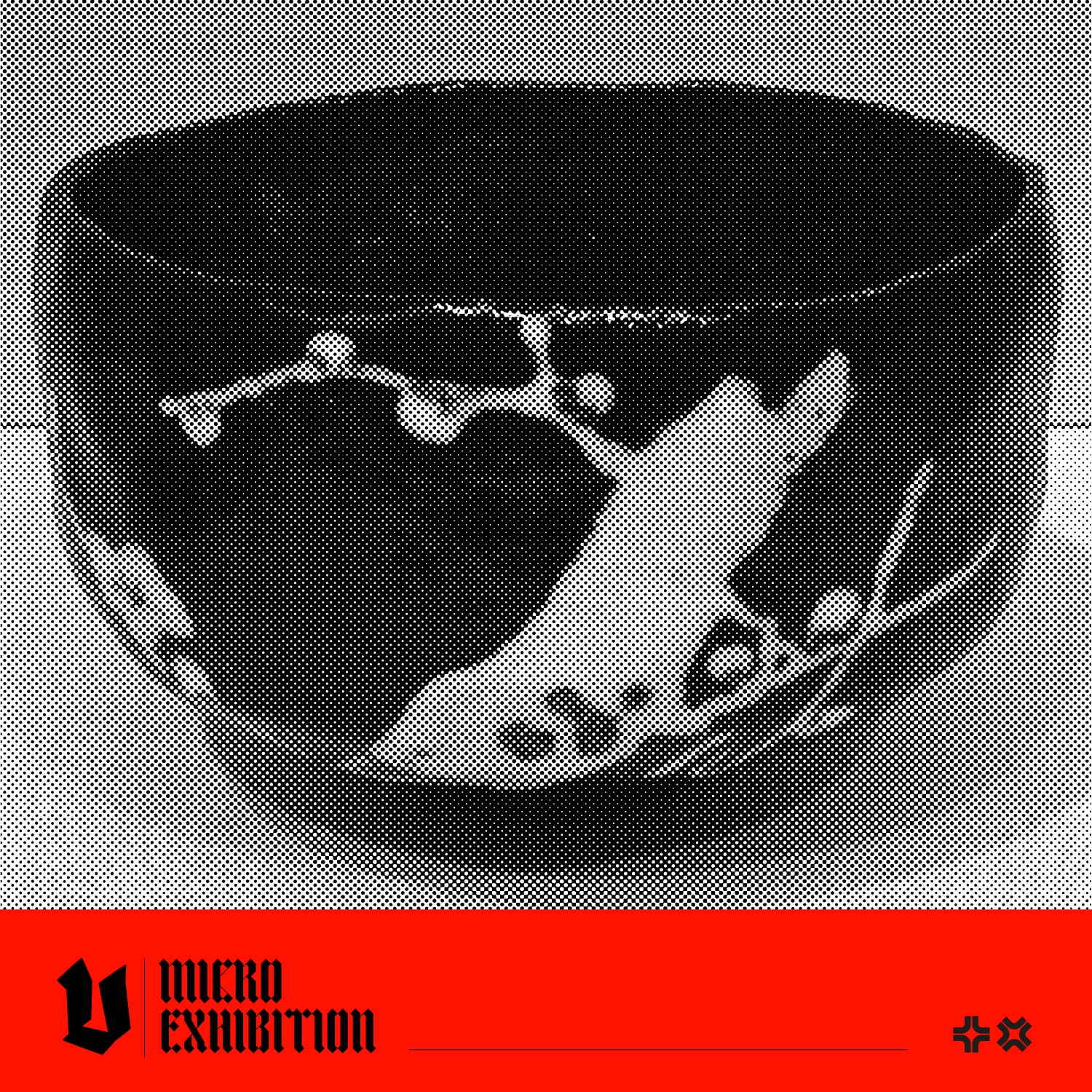
Monk Rensho Riding His Horse Backwards by Matsumura Goshun, around 1784
What is Wabi-Sabi?
Wabi-sabi is a deeply rooted Japanese aesthetic and philosophical concept that celebrates the beauty of imperfection, impermanence, and the natural cycle of growth and decay. It embraces the idea that true beauty lies in life's rustic, weathered, and unpretentious aspects. In wabi-sabi, one can appreciate asymmetry, simplicity, and the patina that time bestows upon objects. This philosophy influences various aspects of Japanese aesthetic culture, including art, design, architecture, and landscaping.
How Can I Experience Wabi-Sabi in Daily Life?
"Are we to look at cherry blossoms only in full bloom, the moon only when it is cloudless? To long for the moon while looking on the rain, to lower the blinds and be unaware of the passing of the spring - these are even more deeply moving. Branches about to blossom or gardens strewn with flowers are worthier of our admiration."
― Yoshida Kenkō, 1283–1350, a Japanese author and Buddhist Monk
This quote by Yoshida Kenkō beautifully encapsulates the essence of wabi-sabi. Kenkō suggests that appreciation of beauty extends beyond the obvious and the perfect. Instead of only admiring cherry blossoms when they are in full bloom or the moon on a clear night, he encourages us to find beauty beyond the obvious. It's easy to marvel at a perfect flower in bloom, but there is also beauty in the fading colours of its petals, or it's changing shape as it dries. Kenkō encourages us to find beauty every day, even if it's not the perfect day we hoped for. It's a chance to look beyond superficial beauty and appreciate the transient beauty around us, like a new green bud on a branch or a cascade of leaves tumbling on grass. 
Cherry Blossoms at Yoshino, from the series Snow, Moon, and Flowers (Setsugekka) - woodblock print by Katsushika Hokusai, c. 1833.
What are some Examples of Wabi-Sabi Design?
Wabi-sabi design philosophies can be expressed in various forms of art, where imperfection and impermanence take centre stage.
In pottery and ceramics, for instance, simple handmade tea bowls may exhibit irregular shapes, subtle glaze imperfections, or intentionally asymmetrical designs, reflecting the wabi-sabi's appreciation for rustic design and the beauty of flaws.

Tea bowl with design of blossoming plum tree, unknown Raku ware workshop
Traditional Japanese tea houses, such as those designed by renowned tea master Sen no Rikyu, exemplify wabi-sabi architectural principles. They feature simple, unadorned structures made of natural materials, often showcasing weathered wood and subtle design elements that embrace imperfection. 
Jo-an is a chashitsu (tea house) and listed as a national treasure. Photo by Lombroso.
Kintsugi is the art of repairing cracked pottery using lacquer combined with powdered gold, silver, or platinum. Instead of concealing the cracks, kintsugi celebrates them as part of the object's history, making it even more beautiful than when it was whole.
 Wine Ewer with Incised Scroll Design
Wine Ewer with Incised Scroll Design
Traditional Japanese gardens provide a serene space that invites visitors to contemplate and connect with the principles of wabi-sabi. These elegant spaces embody simplicity and minimalism, with carefully chosen, unadorned elements like rocks, moss, and plants. Japanese gardens intentionally incorporate asymmetry and irregularity and celebrate the uniqueness of each component through contrasts. For example, a smooth rock could be placed next to a textured stone to showcase each item's features. Moss-covered surfaces and the development of patina further symbolise the beauty found in age and transformation. 
Ryōan-ji dry garden by Bjørn Christian Tørrissen
We hope you have enjoyed reading our introduction to wabi-sabi. In a world often obsessed with perfection, the timeless wisdom of wabi-sabi offers a refreshing perspective. It reminds us that beauty is in life's imperfections, simplicity, and impermanence. If you want to read more, we recommend The Japanese Aesthetics of Imperfection and Insufficiency by Yuriko Saito from The Journal of Aesthetics and Art Criticism.




